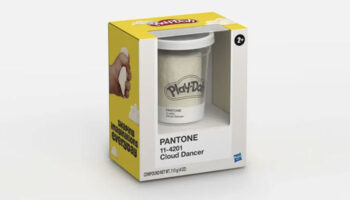The formula for successful toy and game inventing

The biggest challenge for professional toy and game inventors is the sheer quantity of concepts on offer to companies every year.
With even smaller companies reviewing hundreds of concepts every year, and bigger companies reviewing thousands of new concepts, there is huge competition.
The typical toy or game company will publish somewhere between a few and a dozen inventor originated concepts every year. So, per concept, the chances of success are slim.
And then when you finally get a product licensed and the company develops and launches it, success is by no means guaranteed. In fact, if anything, it is highly unlikely on new IP – on a completely new launch, failure is several times more likely than success.
With two-thirds of products on the market new each year, that gives an idea of how hard it is to establish a perennial brand or product which sells year after year.
All this sounds discouraging, and if you are discouraged, then the path of being a professional inventor may not be for you because it can be a long, grinding road.
There are, of course, some famous examples of inexperienced inventors who made it big without a long hard road. Jenga is a mightily powerful example of this (and for more on how Jenga came about, the inventor Leslie Scott tells all in her book, About Jenga). But the reality is that while it’s possible that your first invention will be the next big thing, it is highly improbable.
To build and sustain a successful career as a toy and game inventor, you most likely need to embrace the following formula: quality x quantity.
You need to have high quality concepts, but you also need to develop a lot of them over time. You need to do really impactful pitch presentations, but you also need to do a lot of them.
Due to the volume of concepts out there, you’re going to hear ‘no thanks’ a lot, even if you have awesome stuff to present. So you need thick skin and relentlessness to be successful.
Of course the higher the quality of your concepts (in terms of originality but also in terms of commercial appeal), the less grind you may need to do to place them.
The other point to remember is that toy companies need to launch a lot of products because last years products don’t tend to stick in market. So, while they have a lot of choice, they are licensing products from someone each and every year. And if you focus on quality x quantity, that could well be you.
Steve Reece has worked in the toy and games industry for 20 years, he has played on both sides of the fence – he has both reviewed and bought toy and game concepts, as well as created and sold them. He now runs a consultancy to toy and game companies around the world: www.KidsBrandInsight.com.
————————————–
To stay in the loop with the latest news, interviews and features from the world of toy and game design, sign up to our weekly newsletter here

























